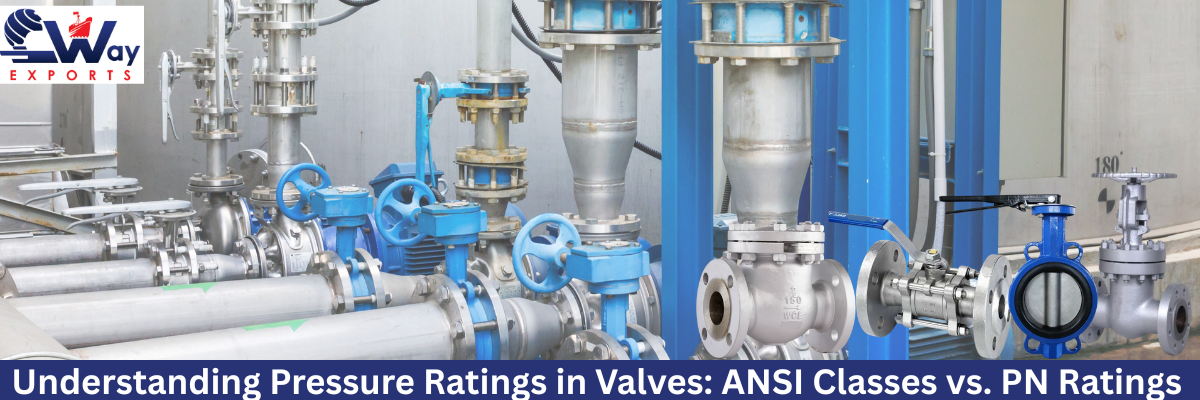Why Pressure Ratings Matter
Imagine you’re designing a pipeline for an oil refinery or a water treatment plant. The system operates under varying pressures, and if you choose the wrong valve pressure rating, the entire system could fail—leading to leaks, downtime, and costly repairs. This is why understanding pressure ratings in valves is not just a technical detail; it’s a critical safety and efficiency factor.
In the world of industrial valves, two major systems define pressure ratings:
• ANSI Classes (used mainly in the US and internationally in ASME-standardized projects)
• PN Ratings (used in Europe and countries following DIN/EN standards)
Both systems serve the same purpose—indicating how much pressure a valve can withstand at a reference temperature—but they differ in terminology, calculation methods, and standardization.
In this Blog, we’ll break it all down:
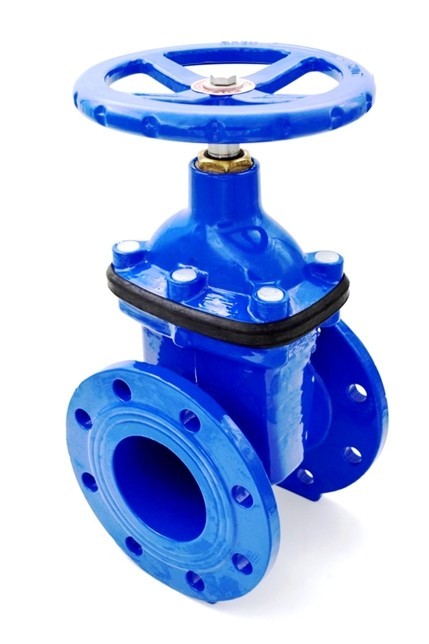
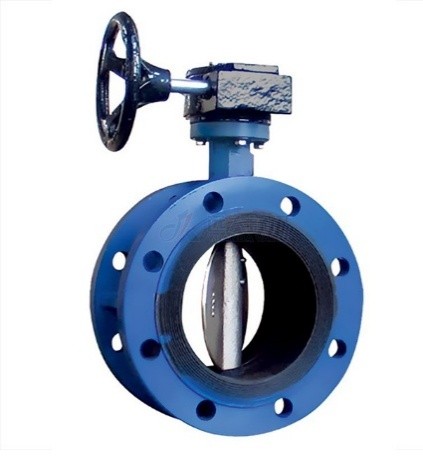
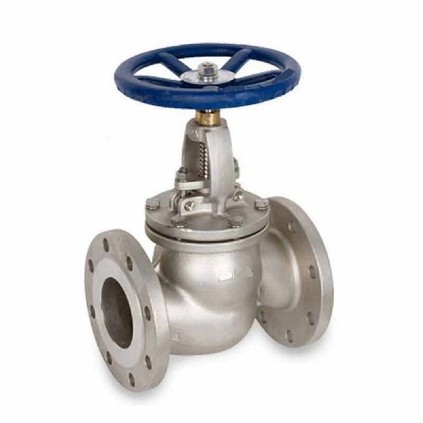
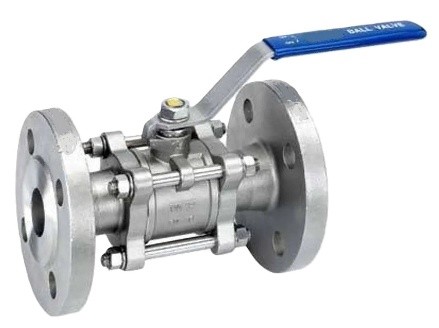
DIN Valves
ANSI Valves
What Are Pressure Ratings in Valves?
Pressure rating indicates the maximum pressure a valve, flange, or fitting can withstand at a specific temperature. These ratings ensure that the piping system operates safely under normal and extreme conditions.
Key Points About Pressure Ratings:
• A higher pressure rating means the valve can withstand higher pressure without failure.
• Ratings depend on material strength, design, and temperature.
• The same valve body can have different pressure limits at different temperatures.
• Temperature affects the rating—as temperature increases, pressure handling decreases.
Example:
A Class 150 valve is suitable for 285 psi at 100°F, but at ,b>400°F, the allowable pressure drops significantly.
Pressure ratings are standardized to ensure compatibility across manufacturers and systems. The two most common standards:
• ASME/ANSI (American National Standards Institute) Classes: Class 150, Class 300, Class 600, etc.
• PN (Pressure Nominal) ratings: PN10, PN16, PN40, etc., based on bar (metric system).
Why Are Pressure Ratings Important?
• Safety: Prevents pipe bursts, leaks, and accidents.
• Compliance: Meets international standards (ASME, DIN, EN).
• Efficiency: Avoids downtime and costly repairs.
• Compatibility: Ensures correct valve selection for specific process conditions.
Types of Pressure Rating Systems
There are a significant number of countries follow different pressure rating systems and standards for Industrial valves, fittings and flanges, mainly divided into a few major categories. Here’s the breakdown:
1. American Standards (ANSI/ASME, API)
What Are ANSI Classes?
ANSI classes are defined by ASME B16.34 for valves and ASME B16.5 for flanges. They are expressed as Class 150, Class 300, Class 600, and so on.
Despite being called “Classes,” these numbers do not directly represent pressure in psi or bar. Instead, they refer to a pressure-temperature relationship table defined by ASME.
How Temperature Affects ANSI Ratings
As temperature increases, material strength decreases. For example:
• A Class 150 valve can handle 285 psi at 100°F, but only 185 psi at 500°F.
Understanding ANSI/ASME Pressure Classes
• Used in: USA, Canada, parts of South America, Middle East (oil & gas projects), and many global EPC projects.
• Common Pressure Classes: Class 150, 300, 600, 900, 1500, 2500 (per ASME B16.5 for flanges and ANSI/ASME for valves).
• Unit Basis: Measured in PSI (pounds per square inch).
• Defined by ASME B16.34 for valves and ASME B16.5 for flanges.
Example Table (ANSI Class vs. Pressure at 100°F):
| ANSI Class | Pressure Rating (psi) | Approx. bar |
|---|---|---|
| Class 150 | 285 psi | 19.6 bar |
| Class 300 | 740 psi | 51.0 bar |
| Class 600 | 1480 psi | 102 bar |
| Class 900 | 2220 psi | 153 bar |
| Class 1500 | 3705 psi | 255 bar |
| Class 2500 | 6170 psi | 425 bar |
2. European Standards (DIN, EN, ISO)
Understanding PN Ratings (Europe, DIN/EN Standards)
• Used in: Germany, France, Italy, Spain, Eastern Europe, parts of the Middle East, and Africa.
• Common Pressure Ratings: Expressed as PN (Pressure Nominal) PN 6, PN 10, PN 16, PN 25, PN 40, PN 63, PN 100, PN 160 PN 250 PN 400 (per DIN/EN standards).
• Unit Basis: Bar.
• Defined by EN 1092-1 (flanges) and EN 12516 (valves).
What Are PN Ratings?
PN (Pressure Nominal) is a metric designation used primarily in DIN/EN standard valves and flanges. PN ratings are expressed in bars:
Example Table (PN Rating vs. Pressure):
| PN Rating | Pressure (bar) | Approx. psi |
|---|---|---|
| PN 10 | 10 bar | 145 psi |
| PN 16 | 16 bar | 232 psi |
| PN 25 | 25 bar | 363 psi |
| PN 40 | 40 bar | 580 psi |
| PN 63 | 63 bar | 913 psi |
| PN 100 | 100 bar | 1450 psi |
Unlike ANSI classes, PN numbers approximately match the pressure in bar at ambient temperature.
3. British Standards (BS)
• Used in: UK, former British colonies, some Asian and African countries.
• Pressure ratings are usually in PN (bar) now aligned with EN, but older BS tables exist (e.g., BS10 Tables D, E, F).
4. Japanese Standards (JIS)
• Used in: Japan, Korea, and some Asian markets.
• Pressure Ratings: 10K, 16K, 20K (K = kg/cm² approximately).
5. Russian & CIS Standards (GOST)
• Used in: Russia, Ukraine, Kazakhstan, other CIS countries.
• Pressure Ratings: Similar to PN (in Bar) but based on GOST norms. Uses pressure in MPa (e.g., 1.6 MPa ≈ 16 bar).
6. Chinese Standards (GB)
• Used in: China and some Asian countries.
• Pressure classes Similar to PN but defined under GB/T standards. (6, 10, 16, 25, 40 bar), but dimensions follow GB standards.
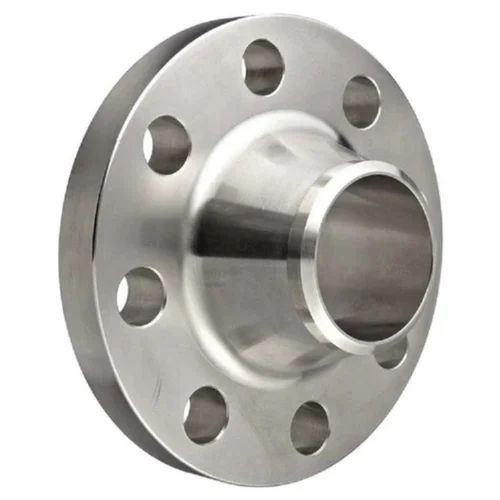
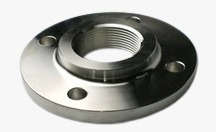
DIN/EN Flange
ANSI Flange
ANSI Class vs. PN Rating: Key Differences
| Feature | ANSI/ASME Class | PN Rating |
|---|---|---|
| Standard | ASME B16.34 | EN 1092-1 |
| Unit | psi (pounds/in²) | bar |
| Typical Range | Class 150–2500 | PN 6–PN 400 |
| Region | USA & Global Projects | Europe, DIN/EN Countries |
| Conversion | Not exact; use reference charts | Not exact; use reference charts |
Pressure Rating systems across major standards:
| Standard | Common Pressure Ratings | Unit | Approx. Equivalence to ASME Class 150 |
|---|---|---|---|
| ASME / ANSI (USA) | 150, 300, 400, 600, 900, 1500, 2500 | PSI (lb/in²) | Class 150 ≈ 19 bar |
| DIN / EN (Europe) | PN 6, PN 10, PN 16, PN 25, PN 40, PN 64, PN 100, PN 160 | Bar | PN 16 ≈ Class 150 |
| BS (UK) | PN system now (older BS10: Table D, E, F, etc.) | Bar / (old kg/cm²) | PN 16 ≈ Class 150 |
| JIS (Japan) | 5K, 10K, 16K, 20K | kg/cm² (approx bar) | 10K ≈ Class 150 |
| GOST (Russia/CIS) | PN 10, PN 16, PN 25, PN 40, PN 63, PN 100 | Bar | PN 16 ≈ Class 150 |
| GB (China) | PN 6, PN 10, PN 16, PN 25, PN 40, PN 64 | Bar | PN 16 ≈ Class 150 |
Approximate Equivalence Across Standards
| ASME Class | Pressure (bar) | DIN / EN PN | JIS (K) |
|---|---|---|---|
| 150 | ~19 bar | PN 16 | 10K |
| 300 | ~50 bar | PN 40 | 20K |
| 600 | ~100 bar | PN 100 | 40K* |
| 900 | ~150 bar | PN 160 | — |
*Note: JIS typically stops at 30K in most common cases; 40K is rare and special.
How to Choose the Right Pressure Class
Here’s a simple decision process:
✅ Step 1: Check your system pressure & temperature.
✅ Step 2: Check piping class (this usually dictates valve class).
✅ Step 3: Confirm material compatibility (e.g., carbon steel vs stainless steel).
✅ Step 4: Match to ANSI Class or PN rating based on project standard.
✅ Step 5: Verify with manufacturer’s pressure-temperature chart.
Common Mistakes Engineers Make
• Mixing ANSI and PN flanges – They don’t fit together!
• Ignoring temperature effect – Selecting Class 150 for high-temp steam is a disaster waiting to happen.
• Over-specifying – Choosing Class 900 when Class 300 is enough → huge cost increase.
FAQs
1. What is the pressure rating of a valve?
The pressure rating of a valve refers to the maximum pressure it can safely handle at a specific temperature, based on standards like ASME Class 150, 300, 600 or PN16, PN40.
2. How does valve body material affect pressure rating?
Stronger materials such as carbon steel or stainless steel have higher tensile strength, allowing them to withstand higher pressures compared to cast iron or ductile iron.
3. What is the difference between ANSI Class and PN rating?
ANSI/ASME Class (150, 300, 600) is used primarily in North America, while PN (Pressure Nominal) ratings (PN10, PN16, PN40) are common in Europe. Both indicate pressure capability but follow different standards.
4. Why does temperature reduce a valve’s pressure rating?
At higher temperatures, materials lose strength, which lowers the maximum allowable pressure for safe operation. This is why pressure-temperature charts are critical.
5. What is ANSI Class 150 pressure rating?
For Class 150 valves, the typical pressure rating is 19.6 bar (285 psi) at 100°F (38°C), decreasing as temperature rises.
6. What is PN16 pressure rating in valves?
PN16 valves are rated for a maximum pressure of 16 bar (232 psi) at room temperature, commonly used in water, HVAC, and low-pressure applications.
7. Which valve material has the highest pressure rating?
Alloy steel and forged stainless steel valves typically have the highest pressure ratings, suitable for high-temperature, high-pressure services.
8. Can cast iron valves handle high pressure?
No, cast iron valves are generally limited to low-pressure systems (Class 125/250 or PN10/PN16) due to their brittle nature.
9. What happens if a valve is used beyond its pressure rating?
Exceeding the pressure rating can lead to leakage, deformation, or catastrophic failure, posing serious safety risks.
10. How to choose the right pressure class for a valve?
Consider operating pressure, temperature, fluid type, and applicable standards (ANSI or PN) before selecting a valve.
11. Are pressure ratings the same for water and steam applications?
No. Steam and high-temperature media reduce the pressure rating due to material stress at elevated temperatures. Always refer to pressure-temperature charts specific to the medium and material.
Conclusion: Choose the Right Valve Pressure Rating with Confidence
Understanding the difference between ANSI Classes and PN Ratings is essential for compliance, safety, and efficiency in industrial piping systems. Whether you work on an ASME-based oil & gas project or a DIN-standard water treatment plant, correct pressure rating selection ensures system reliability.
Looking for ANSI or PN standard valves for your project?
C-Way Engineering Exports offers ISO 9001-certified, API standards, CE-marked industrial valves designed for global standards—available in Class 150, Class 300, Class 600, upto class 2500 and PN10, PN16, PN40 ratings.
Explore our complete range of ANSI & PN standard valves today.
Contact Us for Technical Assistance



